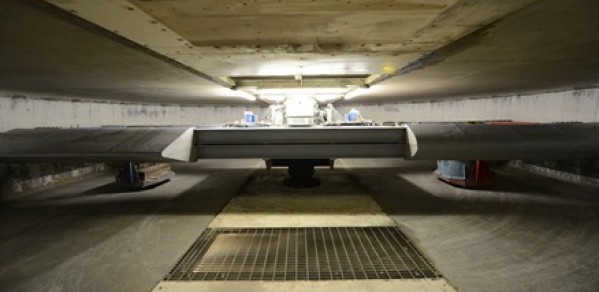The Geotechnical and Environmental Research Group is home to nine academic staff, a computer officer, seven technicians, two administrative staff, two post graduate researchers and 56 graduate students. The interests of the group are wide, ranging from the fundamental mechanics of soils to encompass applications such as construction processes; infrastructure such as tunnels and shafts; environmental engineering; petroleum engineering structures such as offshore piles and pipelines; sustainable and renewable energy technologies like offshore wind farms and earthquake engineering including soil liquefaction.
The Group has extensive facilities for laboratory testing, centrifuge modelling, and numerical analysis. They operate both at the National Research Facility for Infrastructure Sensing where they have the Geomechanics Laboratory and the high-Pressure Testing Laboratory and at the Schofield Centre where they undertake Geotechnical Process and Construction Modelling.
The Use Less Group is part of the Geotechnical and Environmental Group and is led by Julian Allwood, Professor of Engineering and the Environment. The Group’s world-leading research into the sustainable use of materials, energy and resources aims to deliver new technologies, evidence, and analysis to secure a more sustainable future.
More than 20 researchers in the Use Less Group pursue a diverse range of projects under three main themes: whole systems thinking, material efficiency and novel materials processing technology
The priority of the Use Less Group is to find ways to reduce resource use to support the way we live today. The work of the Group spans material and energy industries and the construction, equipment, automotive and clothing sectors. The Group’s whole systems analysis demonstrates, in a compelling and visual way, how innovations in technology, business and policy practices can reduce global greenhouse gas emissions on a large scale by:
- changing product designs
- reducing losses during manufacturing
- re-using waste materials, products, and product components
- using products more intensively and for longer

